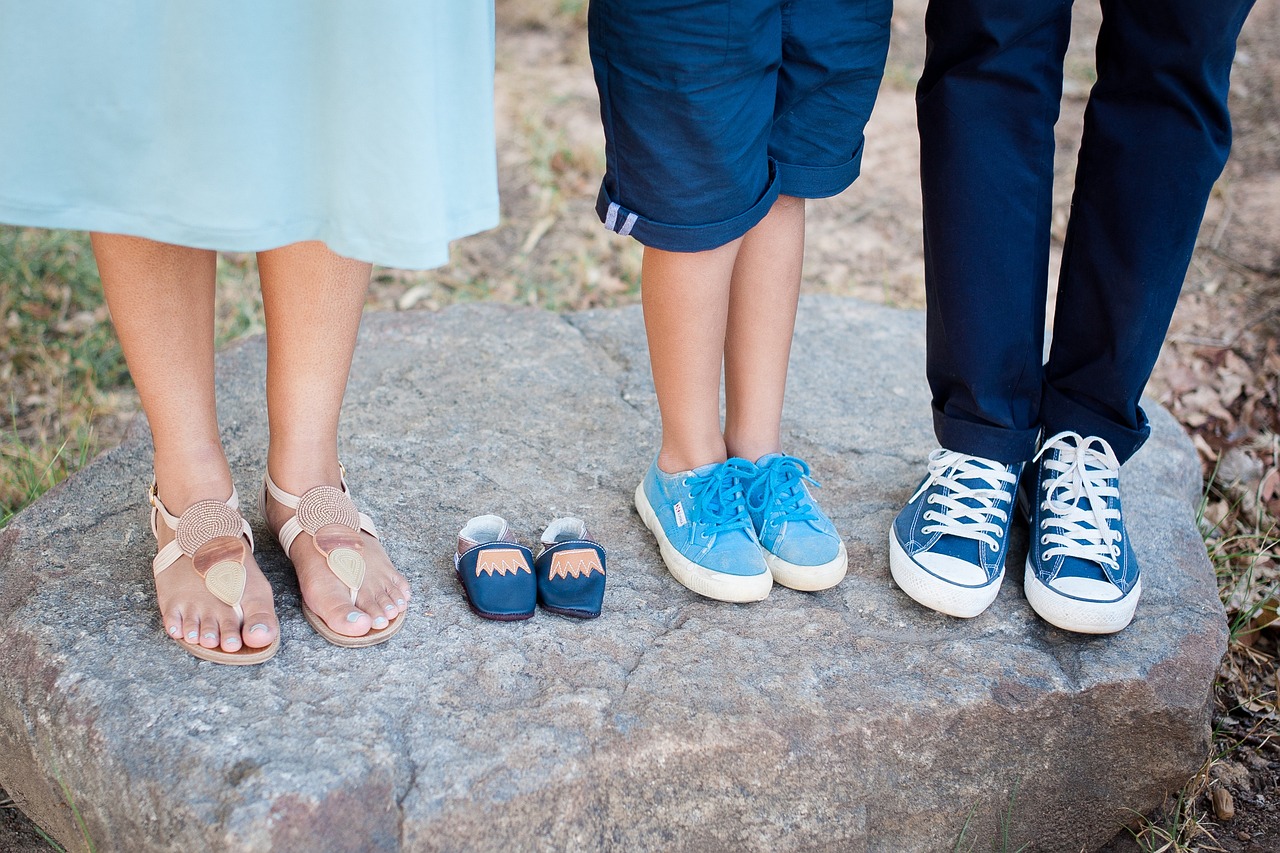Shoes, beyond being fashion statements, serve as the foundation of our daily lives. They protect our feet, provide comfort, and enable us to traverse various terrains. However, the design of our shoes goes far beyond aesthetics. It’s a science that plays a crucial role in our overall health and well-being. In this article, we’ll explore the intricate science of shoe design and its profound impact on your health.
The Complex Anatomy of the Foot
Before delving into the science of shoe design, it’s essential to understand the complex anatomy of the human foot. Our feet are marvels of engineering, comprising 26 bones, 33 joints, and over 100 tendons, ligaments, and muscles. This intricate structure enables us to walk, run, jump, and maintain balance.
The foot is divided into three main sections: the forefoot, midfoot, and hindfoot. Each part plays a unique role in weight distribution, stability, and propulsion. Maintaining the natural alignment and function of the foot is critical for overall foot health.
The Importance of Proper Shoe Design
The design of your shoes directly impacts the health of your feet, legs, and even your entire body. Here’s how:
1. Arch Support:
Arch support is a fundamental aspect of shoe design. Proper arch support helps maintain the natural arch of the foot, preventing conditions like flat feet and plantar fasciitis.
2. Cushioning:
The cushioning in your shoes absorbs shock and reduces the impact on your joints when you walk or run. Inadequate cushioning can lead to joint pain and stress injuries.
3. Toe Box Width:
A spacious toe box allows your toes to spread naturally, enhancing balance and stability. Narrow toe boxes can lead to bunions and neuromas.
4. Heel Counter:
A firm heel counter stabilizes the rearfoot, preventing excessive pronation (inward rolling) or supination (outward rolling) of the foot. This is crucial for gait efficiency and preventing injuries.
5. Outsole Traction:
The pattern and material of the outsole affect grip and stability. Shoes with appropriate traction are essential for preventing slips and falls.
6. Breathability:
Proper ventilation in shoe design helps prevent moisture buildup and the growth of bacteria and fungi, reducing the risk of infections.
Running Shoes: A Specialized Science
Running shoes, in particular, exemplify the intersection of science and shoe design. The demands of running place significant stress on the feet, making the design of running shoes critical for injury prevention and performance enhancement. Key considerations in running shoe design include:
1. Cushioning and Shock Absorption:
Running shoes offer various levels of cushioning to cater to different running styles and terrains. Adequate cushioning helps absorb the shock of each footstrike, reducing the risk of stress injuries.
2. Heel-to-Toe Drop:
The heel-to-toe drop is the height difference between the heel and forefoot of the shoe. Different drop levels cater to different running styles (e.g., heel strikers vs. forefoot strikers).
3. Midsole Material:
The midsole material affects the shoe’s responsiveness, durability, and overall comfort. Materials like EVA foam and polyurethane offer different characteristics.
4. Pronation Control:
Running shoes often incorporate features to control pronation. Overpronation can lead to injuries, and the right shoe can mitigate this risk.
5. Breathability and Weight:
Breathable materials and lightweight designs reduce heat buildup and enhance running efficiency.
Custom Orthotics: Tailored Shoe Science
For individuals with specific foot conditions or gait abnormalities, off-the-shelf shoes may not provide the necessary support. This is where custom orthotics come into play. Custom orthotics are shoe inserts designed to address individual biomechanical issues.
Orthotics are crafted based on a thorough assessment of a person’s gait, foot structure, and specific needs. They can correct imbalances, redistribute pressure, and alleviate various foot problems. Custom orthotics are an excellent example of how shoe design can be tailored to the unique requirements of an individual, providing targeted support and comfort.
The Impact on Your Entire Body
The design of your shoes doesn’t just affect your feet; it has a ripple effect throughout your body. Poorly designed shoes can lead to:
1. Knee and Hip Pain:
Misalignment of the feet can result in abnormal joint forces, leading to pain in the knees and hips.
2. Back Pain:
Improper shoe support can affect your spinal alignment, resulting in lower back pain.
3. Posture Problems:
Shoes that don’t promote proper alignment can contribute to poor posture and related issues.
4. Reduced Athletic Performance:
Inadequate shoe design can hinder your athletic performance by increasing the risk of injuries and discomfort.
Finding the Right Fit
Selecting the right pair of shoes isn’t just about aesthetics; it’s about prioritizing your health and well-being. Here are some tips for finding the perfect fit:
1. Measure Your Feet:
Feet can change in size over time, so measure both feet before buying shoes. Choose the size that accommodates the larger foot.
2. Shop in the Afternoon:
Feet tend to swell throughout the day. Shopping in the afternoon ensures you get the right size for your swollen feet.
3. Consider Socks:
Try on shoes with the type of socks you intend to wear regularly.
4. Walk Around:
Don’t rush the process. Spend time walking around the store to ensure the shoes feel comfortable and supportive.
5. Seek Professional Advice:
If you have specific foot conditions or concerns, consult with a podiatrist or footwear specialist for expert guidance.
In Conclusion
The science of shoe design extends far beyond aesthetics. It’s a multidisciplinary field that blends biomechanics, materials science, and healthcare to optimize the health and comfort of your feet and overall well-being. Whether you’re an athlete, a casual walker, or someone with specific foot concerns, choosing the right shoes can significantly impact your daily life. Prioritize the science of soles, and your feet will thank you for years to come.
